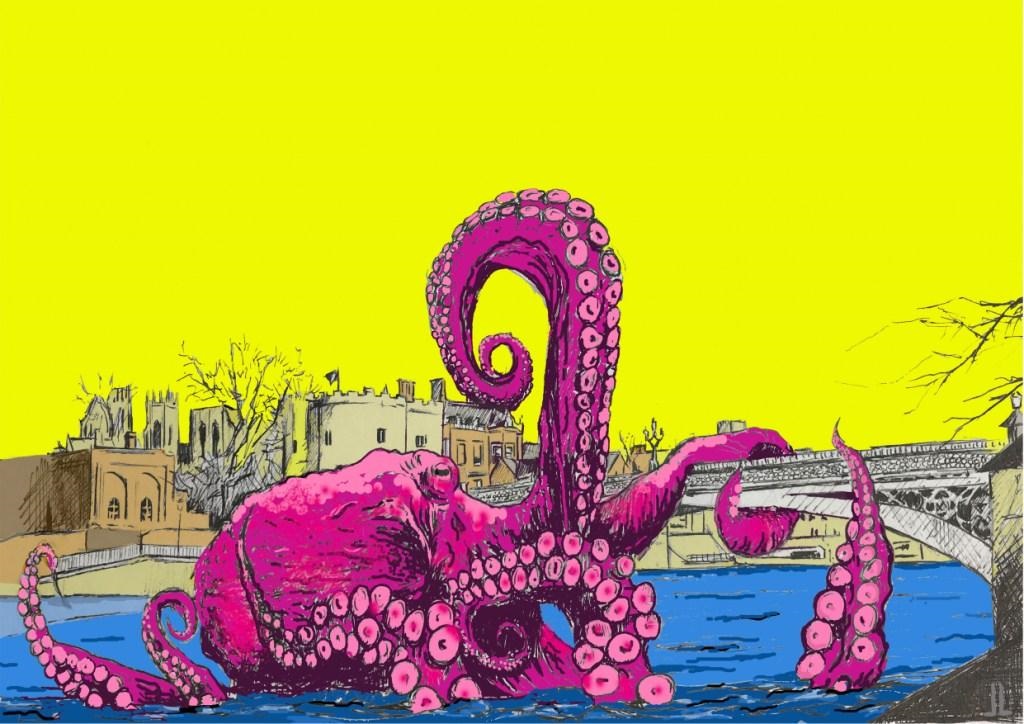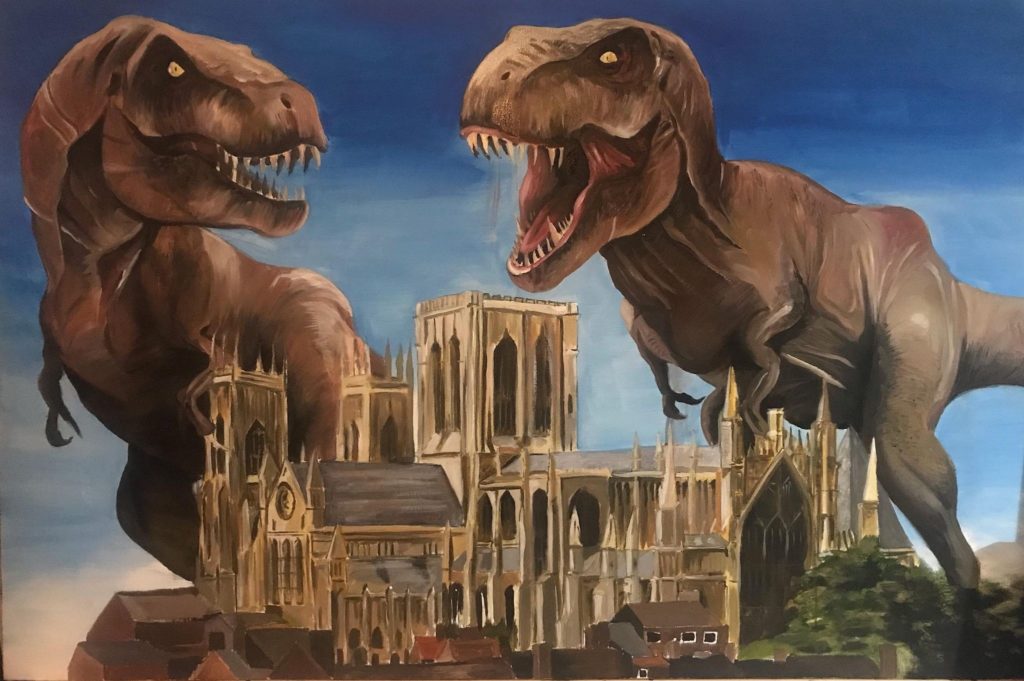
INFLUENCED by the gloriously ridiculous B-movie imagery of the Fifties and Sixties, York artist Lincoln Lightfoot questions what might be in store for 2021.
You can see his humorously absurdist answers when 28-year-old Lincoln makes his York Open Studios debut this summer, after the 20th anniversary show was moved from April to July 10/11 and 17/18.
His digital-print images and oil paintings take the broad theme of surreal encounters with beasts that appear in recognisable locations: not so much King Kong climbing the Empire State Building in New York as a tentacled dayglo Creature From The Bottom Of The Ouse attacking a bridge in York.
Born in Hartlepool in 1992, the son of a school head of art & design, Lincoln was always fascinated by art, heading to York St John University to study Fine Art, whereupon the city became the centre of his work for those three years.
It continues to occupy that top spot in his art chart, his digital prints and paintings stalking York’s streets and passageways, our heritage resonating in the present.
Here, Lincoln discusses his name, his art, B-movies, 21st century Surrealism and his love of York with CharlesHutchPress.
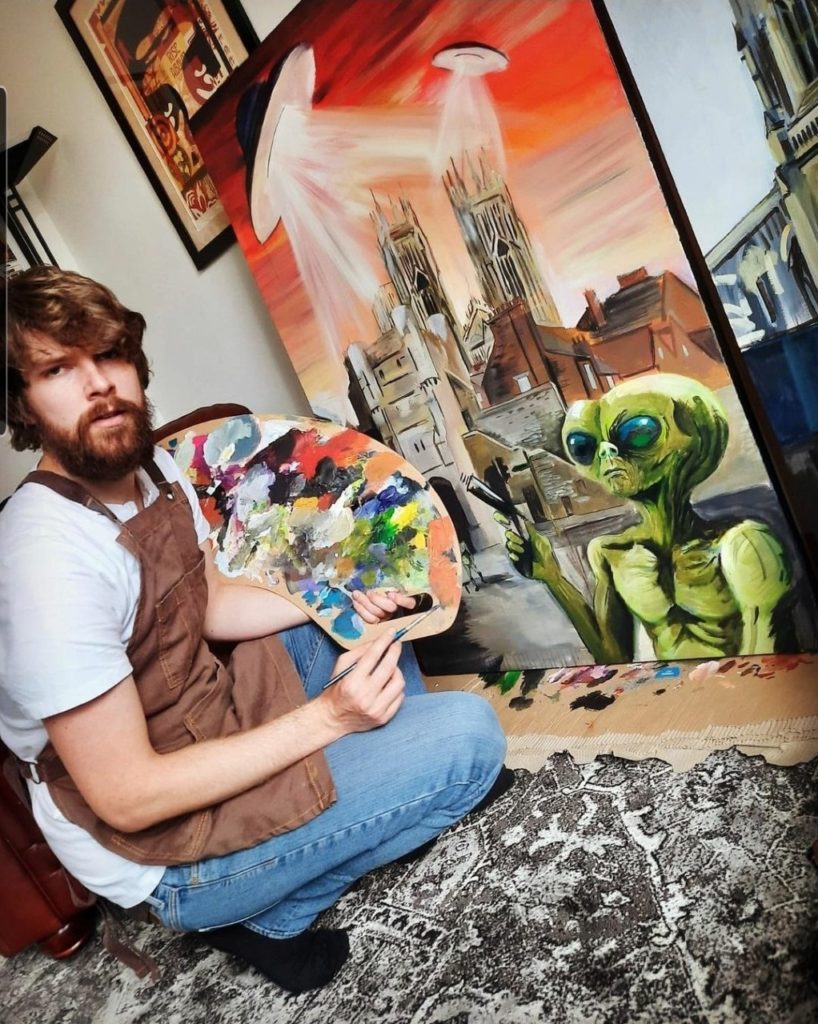
How did your wonderfully alliterative name Lincoln Lightfoot come about?
“I have an American mother from Chicago, which people are often quick to assume is the reason for my name (Abe Lincoln). However, it was my father who came up with it.
“‘Lincoln’ is Old English, meaning ‘the place by the pool’, and I was born in Hartlepool, which has the same meaning. My Dad loves to explain this…and gets an eye roll from me!”
What were your first artistic steps?
“When I was very young, as a family we would go to the beach and this would normally mean one thing: sandcastle building. We would build these embarrassingly big sandcastles with huge trenches around them.
“I was always fascinated by art. I loved to create and still do. My Dad was the head of art & design at my secondary school in Middlesbrough. This often meant staying late in the art department with my younger brother, creating and developing our GCSE and A-level Fine Art coursework. We’d make fantasy towers and giant killer plants. Exciting topics devised by my father.”
Describe those facilities…
“It was a large art department with four purpose-built art classrooms and a vast variety of exciting materials with exciting visual stimuli. There were masks from different cultures, stained-glass panels, tapestries, machine bits, musical instruments, giant shells, tropical plants and stuffed animals. No wall was left bare.”
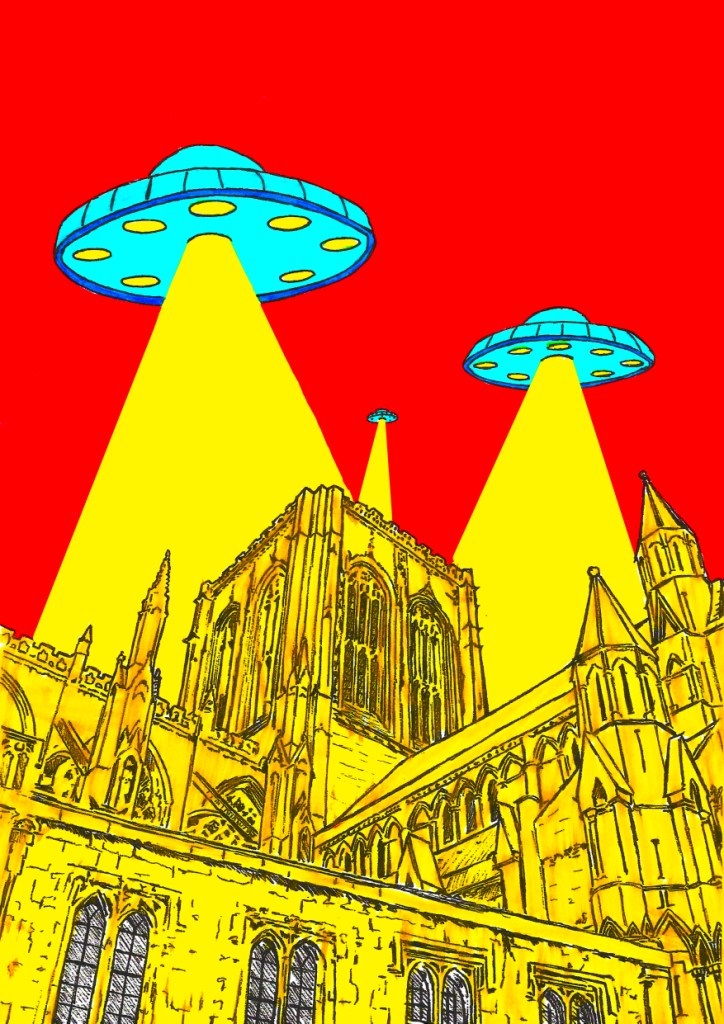
What was your first experience of York?
“My grandparents used to take me and my brother on caravan trips. I remember staying at Rowntree Park a number of times. I loved the untouched feel of the city, the idea that things within the city had been there for hundreds of years. I still can’t get enough of it.
“Every time I’m in town, I see something new, something that fascinates me. I’m often left saying, ‘How come I haven’t seen that before?’.
“I’m in awe of York Minster, the intricate beauty of the architecture and our overwhelming insignificance next to it.”
Why did you choose to study at York St John University?
“I initially applied to Edinburgh School of Art and Glasgow School of Art. At the age of 18, I was quite confident in my artistic ability. Probably too confident, seeing as I had decided there was no need to do a foundation year prior to applying. I didn’t put enough effort into my art portfolio and didn’t make the cut.

“My next choice was York St John. I’d chosen the university because I loved the city and I knew they offered a Fine Art course. Other than this, I didn’t know too much about the university itself, but I quickly realised I’d made a great decision and what followed were some of the best years of my life.
“York St John was a second home and a uniquely tightly-knit community. I joined the YSJ Basketball Club. I grew socially more than anything else, while falling more in love with the city. I enjoyed its history, its beautiful quad and ‘Archie’s days’ [a YSJ tradition at the end of every semester].”
When and where did you first exhibit in the city?
“After initial exhibitions at York St John’s gallery spaces in my first year, inspired by the art of Futurist Performance, I dressed as a ringmaster in front of the Yorkshire Wheel: a giant Ferris wheel located in front of the Principal York hotel (from 2011 to 2013).
“The idea was to poke fun at the absurdity of mankind. I held a hamster cage with a hamster in it and talked nonsense to anyone who asked me what I was doing.”
What medium did you choose for your final project at York St John?
“Performance Art. In my final year, the York St John basketball team, a bunch of 6ft-plus young men, including myself, dressed up in black suits, with bowler hats and briefcases.
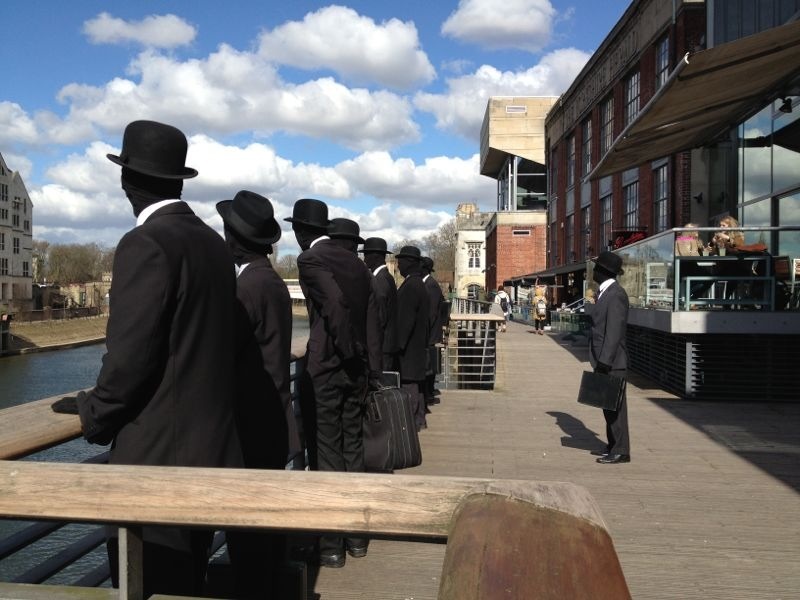
“We covered our faces with women’s black tights and did a ‘work commute’ at 7am. Flooding the city with faceless businessmen and getting escorted out of York railway station by the police for obvious reasons.
“This happening was documented and used for my 3rd Year degree show. My businessmen flooded the opening night, to the annoyance of my other peers.”
Where and when did you last exhibit in the city?
“In Summer 2019, I exhibited a series of surreal prints at Spark:York. Prior to that, the work had made a debut at the Fossgate Social.
“I currently have the series of prints adorning the walls of Rehab Piccadilly and a giant Godzilla painting over the top of a Tour de Yorkshire poster in Micklegate Social.”
What does the city of York conjure in your mind, if you had to sum it up?
“It’s a story-book city, conjuring up tales of the past. Walking through its streets, your creative mind can just let loose and go to work. It’s not hard to imagine incredible things happening there because they already have.”
They say that if you don’t leave York after three years, the city will have you in its grip and you will never say goodbye! True or a load of jackson pollocks?
“Completely true. I am testament to the statement.”
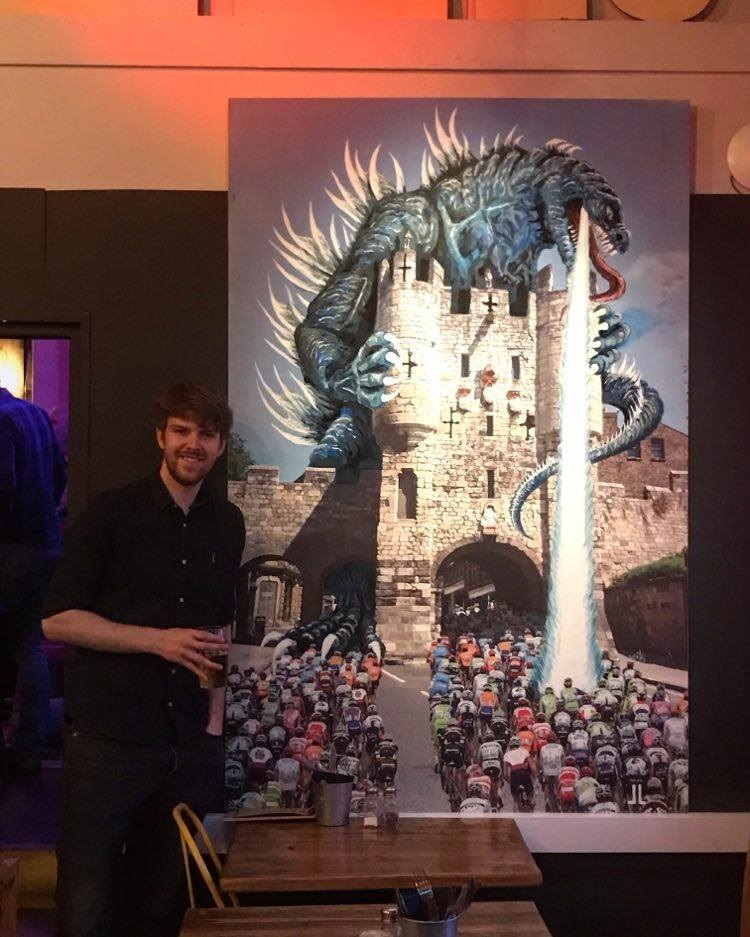
York has to live with the chain of history around its neck: your work makes us look at it in a different way in the tradition of artists being outsiders. Discuss…
“Lots of artists are drawn to the city as a subject because of its historical architecture and picturesque views. It’s a path well-trodden. I’m currently playing around with a series of giant oil paintings that would strive to be similar to the style of [English Romantic painter, illustrator and engraver] John Martin’s biblical end-of-the-world scenes. I guess in some ways, if executed with a high enough level of skill, they could be seen to poke fun at high art.
“I love the stories of John Martin’s work; for contemporaries it would be like a modern-day visit to the cinema, maybe even more emotive. People would scream before them in horror. (Ironically his brother, ‘Mad Martin’, was a non-conformist who set fire to York Minster on February 1 1829).
“People often go in search of escapism, fascinated by unconventional ideas or elaborate fantasy worlds. That’s what makes B-movie poster art so attractive. To strip it back to a recognisable location can only make it more appealing.”
Is that what drew you to your distinctive subject matter of imposing B-movie imagery on familiar York landmarks?
“The city of York has such impressive views to inspire thousands of artists already. I’m fascinated by myths, legends, UFOs and other sightings of strange creatures; with these unlikely creatures in mind, I became consumed with surreal thoughts.
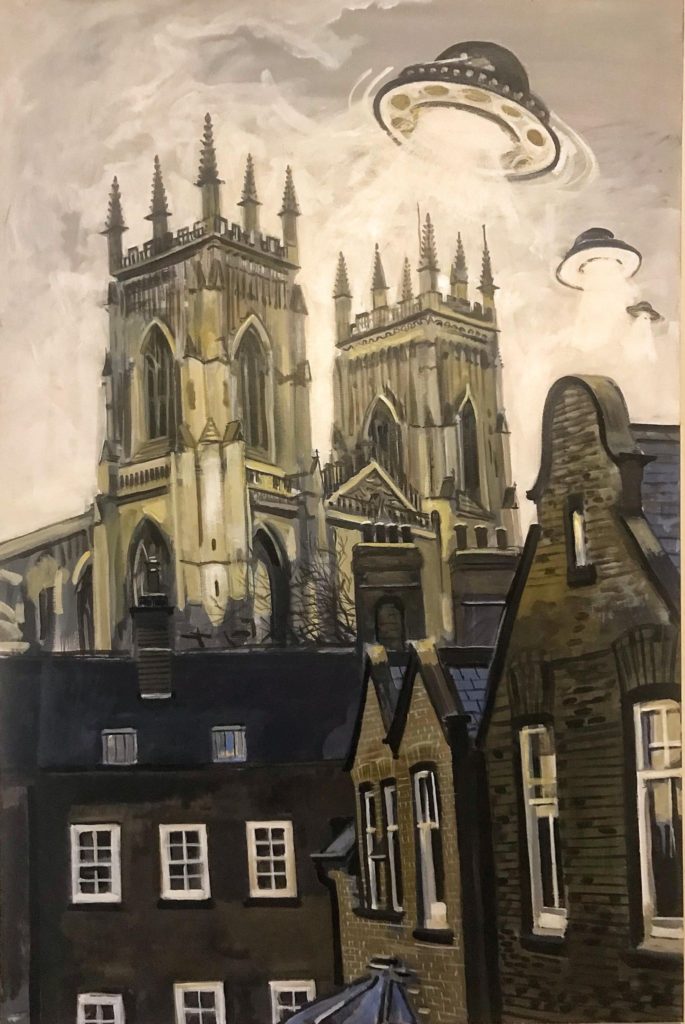
“My friends galvanised my thinking and would message me, ‘Hey, have you thought of this, what if….?!’. It ultimately brings you back to this child-like state of excitement and wonder.
“I find what makes it enjoyable for the public is if both landmark and mythical creature are well-known. I love it when my art gives people that moment of ‘closure’. In particular, when kids drag their parents over, pointing, ‘Look! Look!’. I sometimes think they get it more than the adults.”
Which Fifties and Sixties’ B-movies have inspired you and why?
“My home in York’s South Bank is full of key inspirations to my work. The first B-movie poster to grab my attention was Attack Of The 50ft Woman by Reynold Brown. I saw it in a vintage shop when I was in London. It was an A1 copy. My Attack Of The 50ft Rubber Ducky! paid homage to that.
“I love most of them, though my girlfriend has put a limit on the amount I’m allowed to hang around our house!
“I have Invasion Of The Saucer-Men and La Terra Contro I Dischi Volanti, which translates as something like The Earth Against Flying Saucers. These have inspired my own versions of Alien-style invasions.

“I also love the 1996 film Mars Attacks! I have an It Came From Beneath The Sea poster, which inspired my Creature From The Bottom Of The Ouse! and The Corn Exchange Creature!, a giant coiling, twisting centipede.
“Then, of course I have the Attack Of The 50ft Woman poster, so I have now reached the limit of wall-space.”
What else is filling that space?
“David Blaine’s Beneath The Below poster; a Chicago World’s Fair from 1933, and an antique original tourist poster from 1907, Healthy Hartlepool, which reminds me of the golden age of North Eastern Railways.
“I love the poster for From Hell It Came, a movie about a giant killer tree. The movie trailer is hilarious. As Art & Design department lead at a school in Sunderland, it links to a GCSE project I do called Beware Of The Plants. A design entertainment crafts style project that ends with an installation of terrifying, organic, plant-like creatures in the school’s greenhouses.”
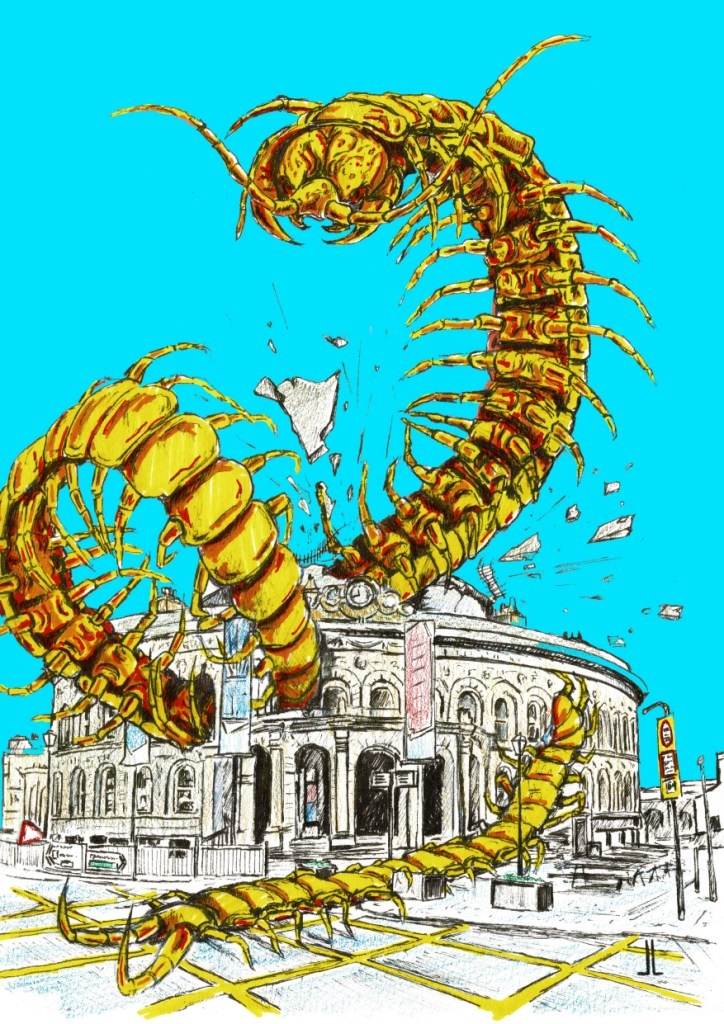
Far too many happenings/events/experiences are described as surreal but your work absolutely fits the description. How would you define surreal/surrealism today?
“Contemporary Surrealism addresses people’s worries and stresses and provides an escape into an alternative world and helps us cope with anxiety in safe and sometimes humorous ways in these times of isolation and stress.
“It differs from the pioneers of the 1920s and 1930s with the advances in film and graphic media. We have the tools to blur reality with fantasy even more convincingly.
“Freudian psychology, Giorgio de Chirico and Romanticism originally fed the ideas of the Surrealist movement, but the real spark to the zeitgeist seems to have been the horrors of World War One and born out of Italian Futurism.”
You create art of the absurd, the ridiculous, your art being playful yet playing on our worst nightmares too. Discuss…
“I’ve always believed that through the consumption of art, we can deal with nightmares and perceived dangers safely. As children, we confront and make sense of a dangerous world through fairy stories and nursery rhymes.
“Young people wish to be told of danger through anecdote and myth in a safe space. I attempt to continue this addiction and appeal to adults too.”

You say “high art co-exists with popular culture” in your work. Does that make it 21st century Pop Art? It certainly makes it eye-catching to shoppers…
“Yes, it sits within the definition of Pop Art traditions, which, of course, began in London 1957, before New York. Ultimately, the smaller works use the ideas and graphicacy of Pop, though without advertising.
“I’m moving into more traditional techniques with oil on canvas that seek to blur the boundaries.”
How have you coped with life in Lockdown x 3? Has it had an impact on your work in these fear-filled times?
“Life in lockdown has been kind when contrasting with others. It has afforded me time to reflectand take stock of where I might be going as an artist and art educator.
“Walking around York, seeing the streets and alleyways otherwise populated with people, now deserted, has reinforced my practice in a profound way. Many of the documented photographs I took could lead to future ideas.
“Initially, it’s a time where the word ‘surreal’ may be justified. I’m still expecting to wake up in March 2020.”
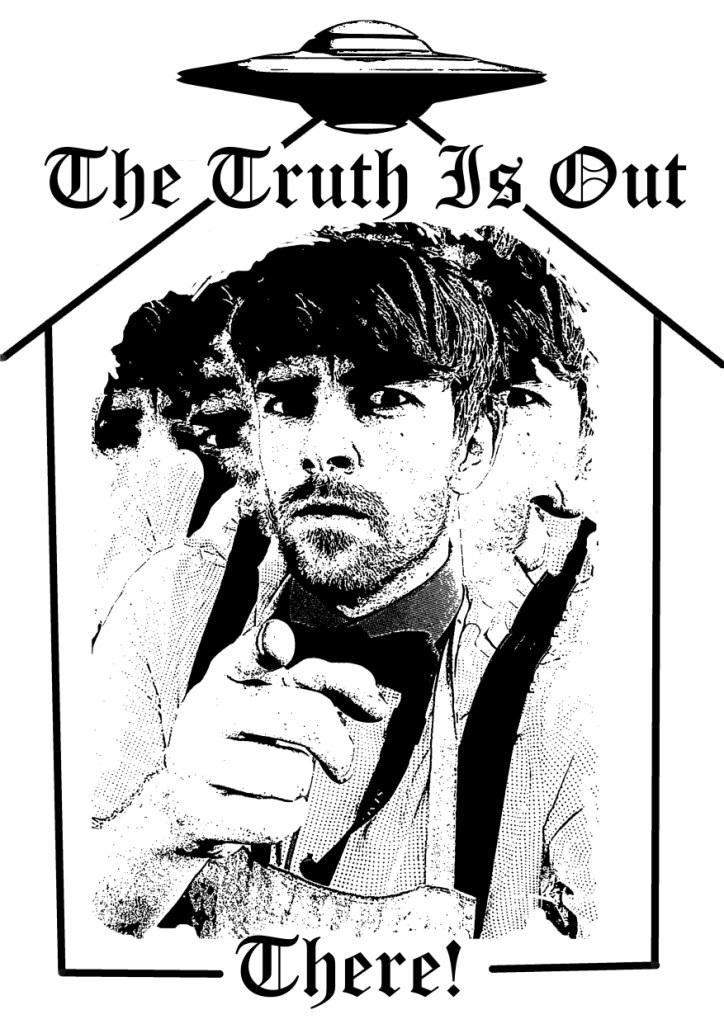
Does your own artwork influence your teaching of Art & Design in Sunderland?
“I’m creating art as much as possible and often use it to inspire my students, developing exciting and enriching programmes of study.”
Why did you want to take part in York Open Studios? What opportunities does it present to you?
“I’ve wanted to do it for a long time. It’s a fantastic opportunity to platform artwork and to meet new people. Only now am I happy with a body of exciting work and have space to exhibit it.”
More than 140 artists and craft-makers will be opening their doors for York Open Studios. How do you rate the York art scene?
“York’s art scene is forever growing, with an increasing number of creative spaces and events across the city. It’s alive, vibrant and has everything for anyone, regardless of age, background and appetite.”
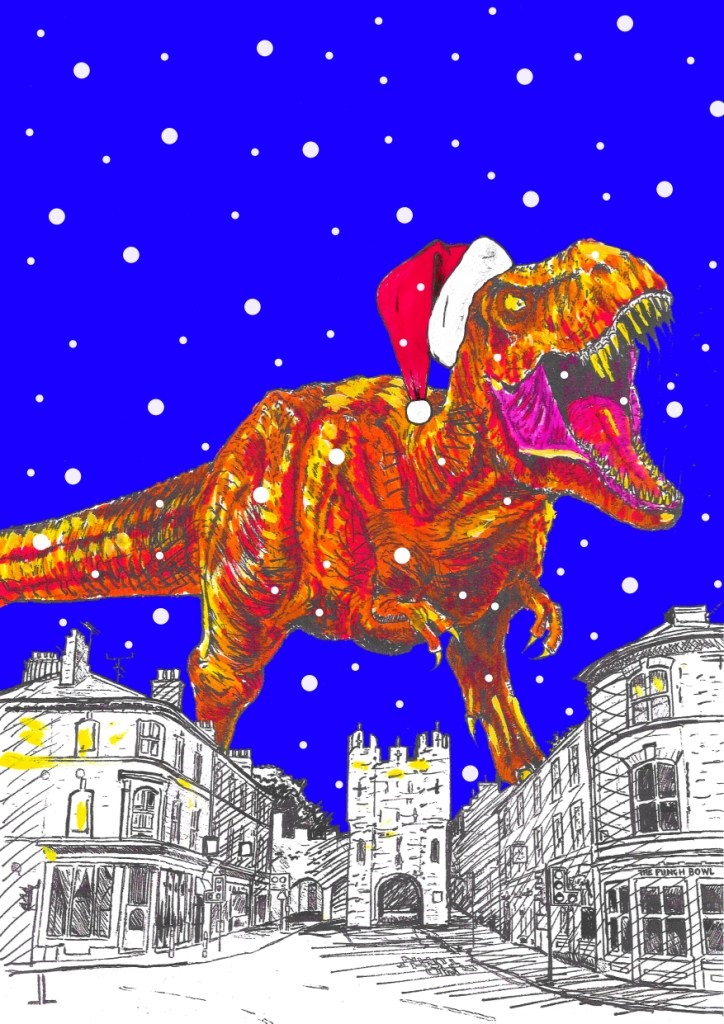
What’s coming next for you in the art world?
“Watch out for more fantastical beings invading York’s ancient places.
I’m now working on larger-scale oil paintings that use chiaroscuro not associated with Pop Art, but use blending and glazing. The best of these will be made into Giclee limited-edition prints.”
One final question: your York Open Studios profile says you “question what might be in store for 2021?”. So, Lincoln, what exactly is in store for 2021 for you and the rest of us?
“Aliens, man, definitely aliens. There are more influential individuals making statements and releasing information by the day.”
Lincoln Lightfoot will be opening his doors at 118 Brunswick Street, South Bank, York, for York Open Studios 2021 on July 10/11 only; 10am to 5pm. For more information on Lincoln, go to lincolnlightfoot.co.uk; for details of all York Open Studios artists, visit yorkopenstudios.co.uk.
